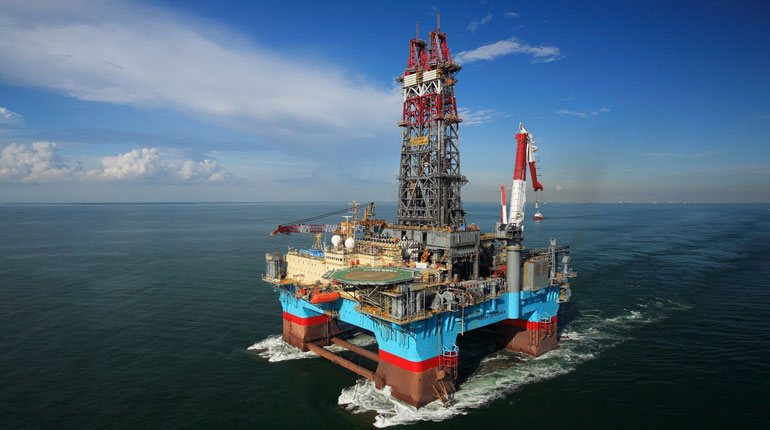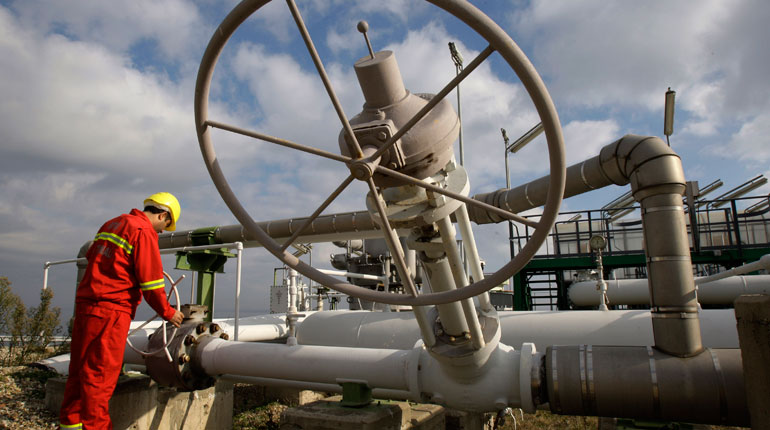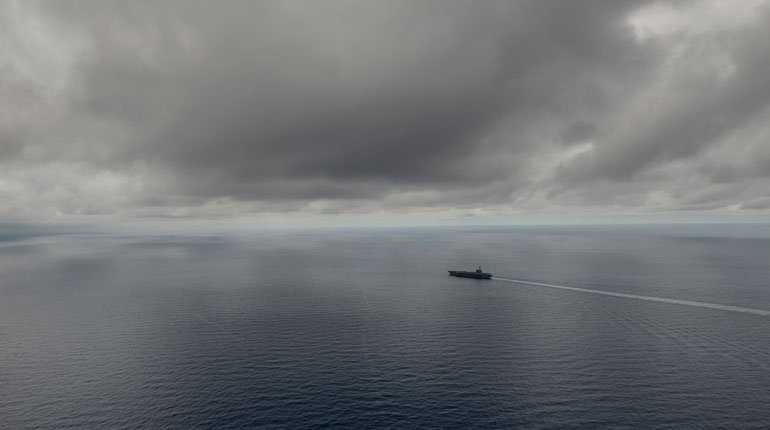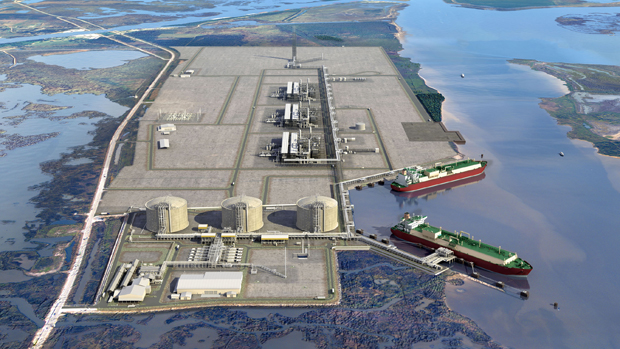 A Maersk rig used by ExxonMobil to drill exploration wells in the Gulf of Mexico. (Business Wire)
A Maersk rig used by ExxonMobil to drill exploration wells in the Gulf of Mexico. (Business Wire)
ExxonMobil may have struck up to 57 billion cubic metres of gas offshore Guyana, but the huge find could reignite a border dispute with the country’s oil-rich neighbour Venezuela.
Exxon said last week that drilling results from the Liza 2 well – the second exploration well in the Stabroek block – confirmed a world-class discovery with recoverable resources of 0.8-1.4 billion barrels of oil equivalent (bboe).
Julie Wilson, a Houston-based exploration analyst at Wood Mackenzie, told Interfax Natural Gas Daily the energy consultancy was "assuming 1-2 trillion cubic feet [28-57 bcm] of gas across ExxonMobil’s reserve range". Woodmac assumes 28 bcm of gas if recoverable reserves are 0.8 bboe, and 57 bcm in the 1.4 bboe scenario.
"It is great news for Guyana, because it builds confidence in this particular basin as a whole, and de-risks other prospects," said Wilson. She said companies that have neighbouring blocks, such as London-based Tullow Oil, may decide to accelerate their own drilling plans.
Wilson said Exxon could seek to lease a small FPSO for initial oil production and bring in a larger vessel later. However, Guyana does not have any gas infrastructure, which complicates the fuel’s production outlook.
"From an FPSO, a pipeline could be built to shore, but Guyana does not have any gas demand. Small-scale or floating LNG is an option for export," said Wilson.
An Exxon spokesman told Interfax Natural Gas Daily last week that it was too early to comment on plans for oil and gas production. However, he said the supermajor would drill the Skipjack well in July following the completion of Liza 2. It will be the company’s third well in the Stabroek concession.
Trouble with Venezuela
The Liza find could put Guyana on the oil and gas map, but there are geopolitical risks for potential explorers. Venezuela has objected to Exxon’s exploration of Stabroek because it is part of the Essequibo region.
Essequibo is administered by Guyana, but it has been claimed by Venezuela since 1844 when Guyana was a British colony. The boundary between the two countries was determined in 1905, but Caracas has maintained for more than 75 years that the result unfairly favoured British claims.
Caracas is playing politics over Essequibo, Katie Micklethwaite, senior Latin America analyst at Verisk Maplecroft, told Interfax Natural Gas Daily. "Its newfound political significance dates back to 2013, when Venezuela’s President Nicolas Maduro began stoking tensions with Guyana as a means of diverting attention away from his domestic troubles."
The sabre-rattling over Essequibo intensified after Exxon’s discovery of oil in the Liza 1 well in May 2015. Maduro, who has maintained the strident anti-United States rhetoric of his predecessor Hugo Chavez, has accused his Guyanese counterpart David Granger of being a "hostage" of the Houston-based supermajor.
At the time of publication, neither Guyana nor Venezuela’s energy ministries had returned calls seeking comment.
"The Liza 1 well is actually not in the area originally claimed by Venezuela, but the country responded by dramatically expanding its territorial claims. [A decision to] include the area where the discovery was made is a clear sign that Venezuela does not intend to back down," said Micklethwaite.
She said that outright conflict over Essequibo was unlikely, but Caracas may seek to halt oil exploration via other means. The Venezuelan navy impounded a vessel conducting seismic research in the disputed region in October 2013.
"The most credible outcome is that the case will be referred to the International Court of Justice. If this happens, the court will almost certainly rule in Guyana’s favour, so there’s no real risk that the Liza 1 well and other offshore oil resources will change hands," said Micklethwaite.
However, she said a lengthy court case could delay exploration offshore Guyana, which has no history of oil and gas production.
Maduro will struggle to distract Venezuelans from the country’s economic woes. Venezuela failed to save its oil profits during the era of higher prices, which leaves it vulnerable in the bear market, according to the World Bank.
The government’s social projects, which are largely funded by the country’s oil revenues, are at risk. Up to three-quarters of Venezuela’s population now live in poverty, according to unofficial estimates.
The average export price for Venezuela’s mix of heavy and medium crude during 2015 was $44.65 per barrel, said state-run PDVSA earlier this month. Venezuela needs an oil price of $117.50 per barrel to balance the budget.








Talk to us
Natural Gas Daily welcomes your comments. Email us at [email protected].